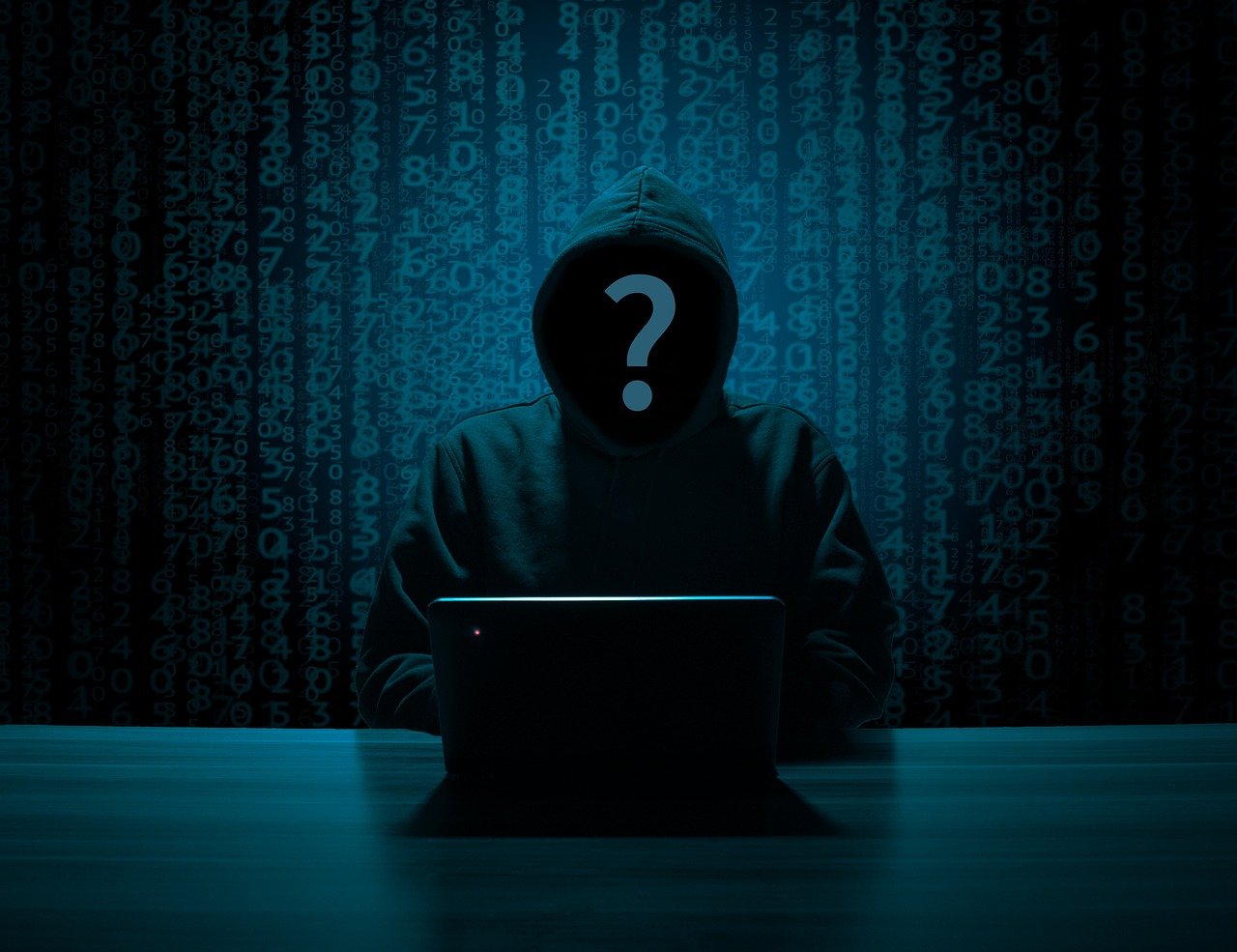The internet has transformed modern life, granting near-instant access to a world of information, entertainment, and connections. But beneath its conveniences lies a shadowy underworld where opportunistic hackers and expert criminals prey on unsuspecting users. As we entrust more of our lives to the net, the stakes of cyber insecurity have never been higher. Personal details, financial records, passwords—it’s all there for the taking by anyone daring enough to exploit the flaws in our digital defenses. While technology marches forward, security precautions lag behind, leaving users vulnerable through no fault of their own. It’s time we acknowledged online threats and took action to safeguard ourselves in this dangerous digital realm.
The Hidden Dangers Lurking Online
Out of sight, hackers employ sophisticated tools and techniques to penetrate poorly secured systems and data. Hence, phishing scams sneakily install malware under the guise of legitimate messages. Therefore, public Wi-Fi connections provide anonymous access for snooping on unencrypted traffic. So, default passwords and weak security settings create easy targets on internet-connected devices in our own homes. Then, the dark web harbors criminal markets for stolen credentials, photos, and files. Even browsing innocently leaves a trail of tracking pixels and device fingerprints visible to profit-seeking data aggregators. As more life functions shift to the internet, so too do the opportunities for exploitation that target our most private information.
Strengthening Digital Defenses
Fortunately, small changes can go a long way toward bolstering cybersecurity. Start by generating unique, complex passwords for all accounts and enabling two-factor authentication as an extra layer of validation. Use a password manager to store credentials securely while maintaining unique IDs. Adjust social media privacy settings to restrict personal details from public view. Apply updates promptly to patch software vulnerabilities. Browse cautiously and avoid clicking suspicious links that could infect devices with malware. Accordingly, For high-sensitivity tasks, protect networks with a firewall and encrypt transmitted data via a virtual private network (VPN). Together, these measures stack layers of obstacles against the ever-persistent efforts of digital intruders.
Educating the Next Generation
Therefore, with cyber-risks only increasing, we must prioritize security awareness from a young age. So, Incorporate cyber hygiene basics into school curricula, covering topics like identifying phishing, creating strong passwords, and understanding personal online footprints. At home, discuss responsible net use and real-world consequences. Recommend beginner-friendly guides that translate technical concepts for all, such as Matthew Green’s “Tangled Web” or Joseph Steinberg’s “Cybersecurity for Dummies.” Wary citizens armed with knowledge stand the best chance of thwarting bad actors who would steal our information, given the opportunity. With diligence and education, the next technologically savvy generation can help shift online culture towards greater data protection for all.
Here are some additional recommended books and resources on cybersecurity:
Books:
- Cybersecurity Blue Team Toolkit by Nadean Tanner. Dive deep into the tools and processes used by cybersecurity professionals on blue teams.
- Spam Nation: The Inside Story of Organized Cybercrime by Brian Krebs. An investigative look into the shady underworld of cybercrime rings targeting users.
- Cyber Warfare: How Conflicts in Cyberspace Are Challenging America and Changing the World by Jason Healey. Examines how nations are confronting threats in cyberspace and preparing for future cyber conflicts.
- This Machine Kills Secrets: How WikiLeakers, Cypherpunks, and Hacktivists Aim to Free the World’s Information by Andy Greenberg. Profiles of important figures driving debates around privacy, encryption, and hacktivism.
Resources:
- SANS Institute Cybersecurity Courses/Certifications – Top cyber training organization with in-depth courses.
- US CERT – Cybersecurity advisories and best practices from US government agency.
- CISA – Cybersecurity agency under DHS providing tools, guidance and response aid.
- NIST Cybersecurity Framework – Recommended practices to manage cyber risks to critical infrastructure.
- Hackers’ Resources List – Aggregated list of career resources for cybersecurity students.
- Cybersecurity Stack Exchange – Technical Q&A forum for cybersecurity professionals.
I hope these additional book recommendations and online resources provide further avenues for learning about cybersecurity topics. Please let me know if any other suggestions would be useful.
Conclusion

In conclusion, an internet-dependent society demands increased cyberliteracy from every member. While technology opens doors to wonderful resources, its defects leave personal security in the hands of users. Adopting good practices fortifies our digital lives, while teaching others multiplies this effect. Then, together, through awareness and precaution, we can curb the damage of cybercrime and build online communities founded on informed, responsible use.




Leave a Reply